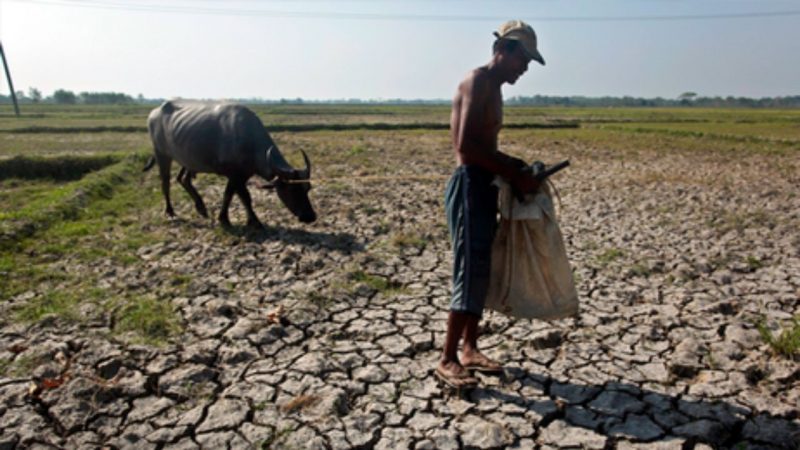MANILA — Seventeen (17) provinces in Luzon are expected to face drought conditions by the end of January due to the impact of the El Niño phenomenon, as reported by the Philippine Atmospheric Geophysical and Astronomical Services Administration (Pagasa) on Wednesday.
According to Pagasa Officer-in-Charge Nathaniel Servando, the affected provinces include Benguet, Ifugao, Kalinga, Apayao, Mountain Province, Ilocos Sur, La Union, Pangasinan, Cagayan, Nueva Ecija, Nueva Vizcaya, Pampanga, Tarlac, Batangas, Cavite, Oriental Mindoro, and Palawan.
Additionally, dry conditions are expected over the Spratly Islands, while a dry spell is likely over Abra, Ilocos Norte, Isabela, Quirino, Bataan, Bulacan, Zambales, Aurora, Occidental Mindoro, and Metro Manila.
Pagasa defines a dry spell as three consecutive months of below-normal rainfall conditions or a 21 to 60 percent drop in average rainfall.
A dry condition is characterized by two consecutive months of below-normal rainfall or a 21 to 60 percent reduction in average rainfall.
Drought is declared when there are five consecutive months of below-normal rainfall conditions or three consecutive months of way below-normal rainfall conditions (more than a 60 percent reduction from average).
Servando noted the presence of a strong El Niño in the tropical Pacific, showing signs of intensifying in the coming months as sea surface temperatures rise beyond 1.5 degrees Celsius.
The El Niño phenomenon increases the likelihood of below-normal to way below-normal rainfall conditions, leading to dry spells and droughts in certain areas of the country until the first or second quarter of 2024.
This could adversely impact various climate-sensitive sectors such as water resources, agriculture, energy, health, public safety, and other key areas, Servando cautioned.
(EI Amigo/MNM)







